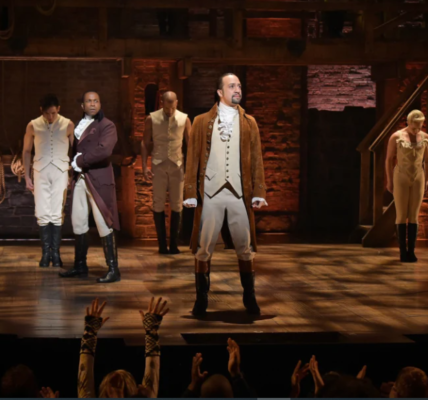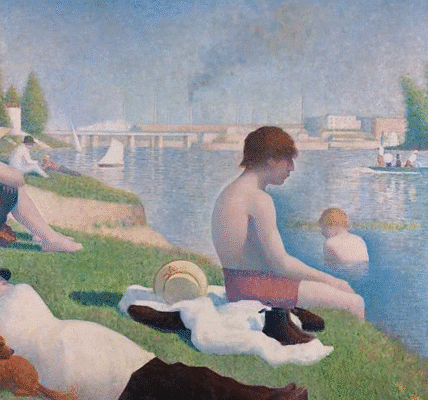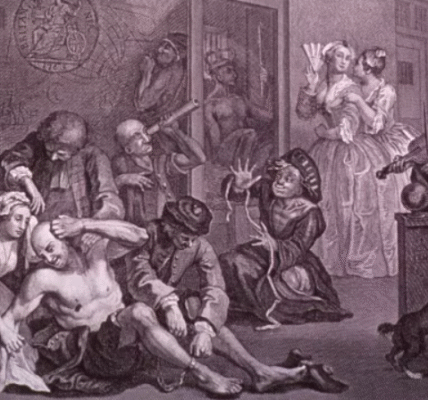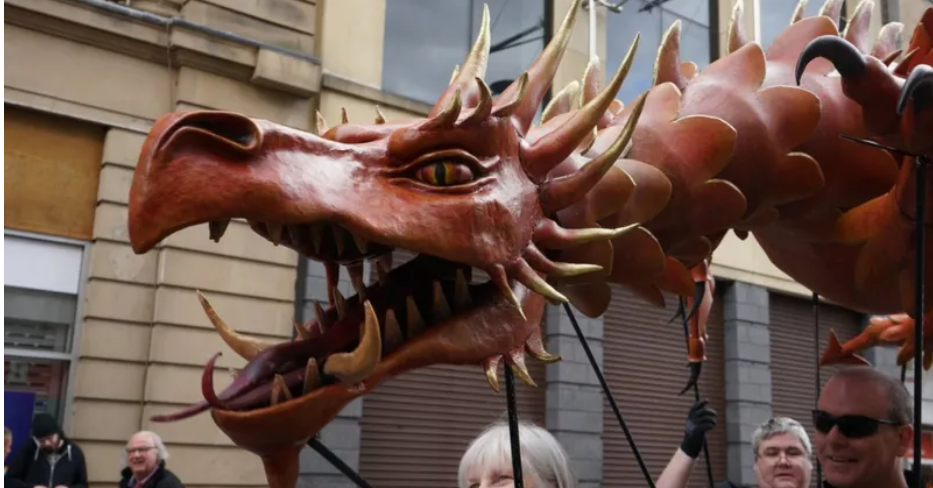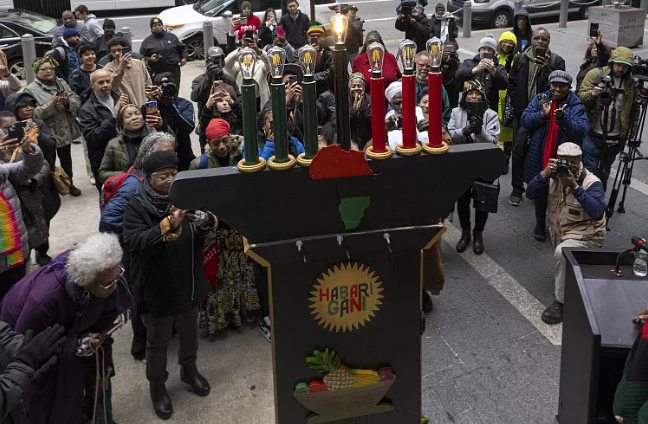
Kwanzaa, often described as a “political-motivator holiday,” is a week-long celebration honoring African culture, heritage, and unity. Observed annually from December 26 to January 1, the holiday has grown beyond the United States to be embraced by communities worldwide with significant African-descendant populations.
What is Kwanzaa?
Kwanzaa is a celebration of family, community, and culture rooted in African American heritage. It aims to foster self-determination, unity, and resilience in the face of historical oppression. Each day of the holiday begins with the greeting “Habari Gani?” which translates to “What’s the news?”
The Origins of Kwanzaa
Kwanzaa was founded in 1966 by Maulana Karenga, a Black nationalist, author, and professor, as a way to reconnect Black communities in the US with African cultural traditions disrupted by the transatlantic slave trade.
In his 2022 Kwanzaa address, Karenga described the holiday as “an act of freedom, an instrument of freedom, a celebration of freedom, and a practice of freedom.”
The name “Kwanzaa” derives from the Swahili phrase matunda ya kwanza, meaning “first fruits” or “first harvest.” An additional “a” was added to symbolize the seven children who attended the first Kwanzaa celebration, each representing one of its principles.
The Principles of Kwanzaa
At the heart of Kwanzaa are the Nguzo Saba—seven principles celebrated on each day of the holiday:
- Umoja (Unity)
- Kujichagulia (Self-Determination)
- Ujima (Collective Work and Responsibility)
- Ujamaa (Cooperative Economics)
- Nia (Purpose)
- Kuumba (Creativity)
- Imani (Faith)
These principles are symbolized by the kinara, a seven-candle holder. The candles reflect the Kwanzaa flag’s colors: three red candles (representing struggle), three green candles (representing hope), and one black candle (representing the people). Each evening, a candle is lit to honor one of the principles.
Candle Lighting Order
- Red Candles: Umoja (Dec 26), Kujichagulia (Dec 27), Ujima (Dec 28)
- Black Candle: Ujamaa (Dec 29)
- Green Candles: Nia (Dec 30), Kuumba (Dec 31), Imani (Jan 1)
How Kwanzaa is Celebrated
Kwanzaa celebrations include vibrant decorations, such as colorful art and African fabrics. Fresh fruits are displayed as a nod to African agricultural traditions.
Activities emphasize strengthening community bonds, commemorating history, and reaffirming cultural ideals. Celebrants often engage in music, dance, poetry readings, and gift-giving. Gifts, known as zawadi, typically include books and heritage symbols to inspire children and foster learning.
Celebrating Together
Kwanzaa is a time to reflect on the past, celebrate the present, and recommit to shared cultural values. Whether through family gatherings, artistic expressions, or acts of giving, Kwanzaa offers a meaningful way to honor African heritage and unity.

